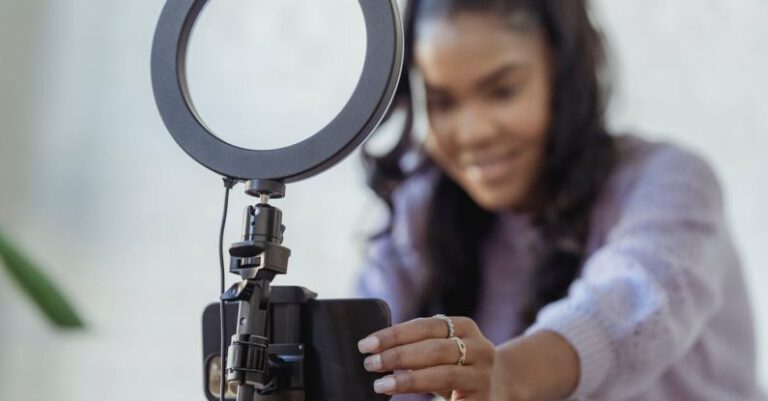What Are the Techniques for Mixing Different Types of Tape

Mixing different types of tape can be a challenge for many audio engineers and music producers. Each type of tape has its unique characteristics and sound qualities that can significantly impact the final mix. However, with the right techniques and know-how, blending various tape types can result in a rich and dynamic sound that enhances the overall production. In this article, we will explore the techniques for mixing different types of tape to help you achieve a professional and polished mix.
Understanding Tape Types
Before delving into the techniques for mixing different types of tape, it is essential to have a basic understanding of the various tape formats commonly used in audio production. The most common types of tape are analog tape, digital tape, and magnetic tape. Analog tape is known for its warm and rich sound, while digital tape provides a clean and precise sound. Magnetic tape, on the other hand, offers a balance between the two, combining the warmth of analog tape with the precision of digital tape.
Choosing the Right Tape Combination
One of the key considerations when mixing different types of tape is selecting the right combination of tapes for your project. Experimenting with various combinations can help you achieve the desired sound and texture for your mix. For example, blending analog tape with digital tape can create a unique and dynamic sound that combines the warmth of analog with the clarity of digital.
Utilizing Tape Saturation
Tape saturation is a popular technique used in mixing to add warmth, depth, and character to audio recordings. By driving the tape machines into saturation, you can achieve a pleasing distortion that enhances the overall sound of the mix. Experimenting with different levels of tape saturation can help you create a more dynamic and textured mix.
Layering Tape Effects
Layering tape effects is another effective technique for mixing different types of tape. By applying multiple layers of tape processing, such as saturation, compression, and EQ, you can create a more complex and nuanced sound that adds depth and dimension to your mix. Experimenting with different combinations of tape effects can help you achieve a more professional and polished sound.
Balancing Tape Levels
Balancing the levels of different tape tracks is crucial in achieving a cohesive and well-balanced mix. Paying attention to the volume levels of each tape track and adjusting them accordingly can help you create a more dynamic and impactful mix. Experimenting with different volume levels and panning techniques can help you achieve a more spatial and immersive sound.
Creative Tape Splicing
Creative tape splicing is a technique that involves cutting and splicing tape tracks to create unique and interesting effects in the mix. By experimenting with different tape splicing techniques, such as reverse splicing, crossfades, and tape loops, you can add a creative touch to your mix and make it stand out.
Exploring Tape Delay
Tape delay is a classic effect that can add depth, space, and movement to your mix. By using tape delay plugins or hardware units, you can create lush and atmospheric echoes that enhance the overall sound of the mix. Experimenting with different tape delay settings and parameters can help you achieve a more dynamic and textured mix.
Incorporating Tape Emulation Plugins
Tape emulation plugins are software tools that replicate the sound and characteristics of analog tape machines. By incorporating tape emulation plugins into your mix, you can add warmth, depth, and character to your recordings. Experimenting with different tape emulation plugins and settings can help you achieve a more authentic and vintage sound in your mix.
Reimagining Tape Mixing
In conclusion, mixing different types of tape requires a combination of technical know-how and creative experimentation. By understanding the unique characteristics of each tape type and exploring various techniques such as tape saturation, layering tape effects, balancing tape levels, creative tape splicing, tape delay, and tape emulation plugins, you can achieve a professional and polished mix that stands out. So, don’t be afraid to experiment and push the boundaries of traditional tape mixing techniques to create a unique and dynamic sound that captivates listeners.





